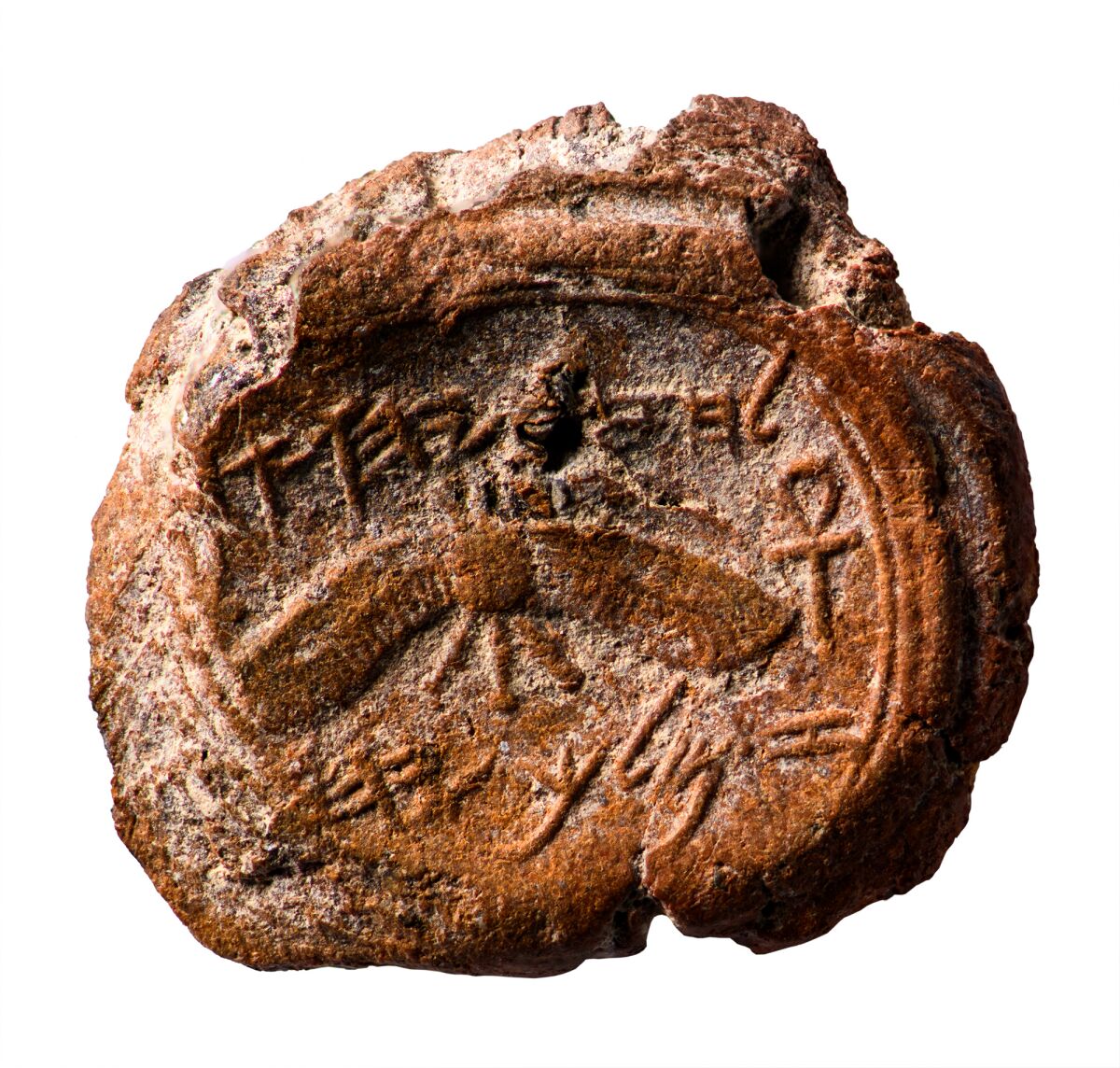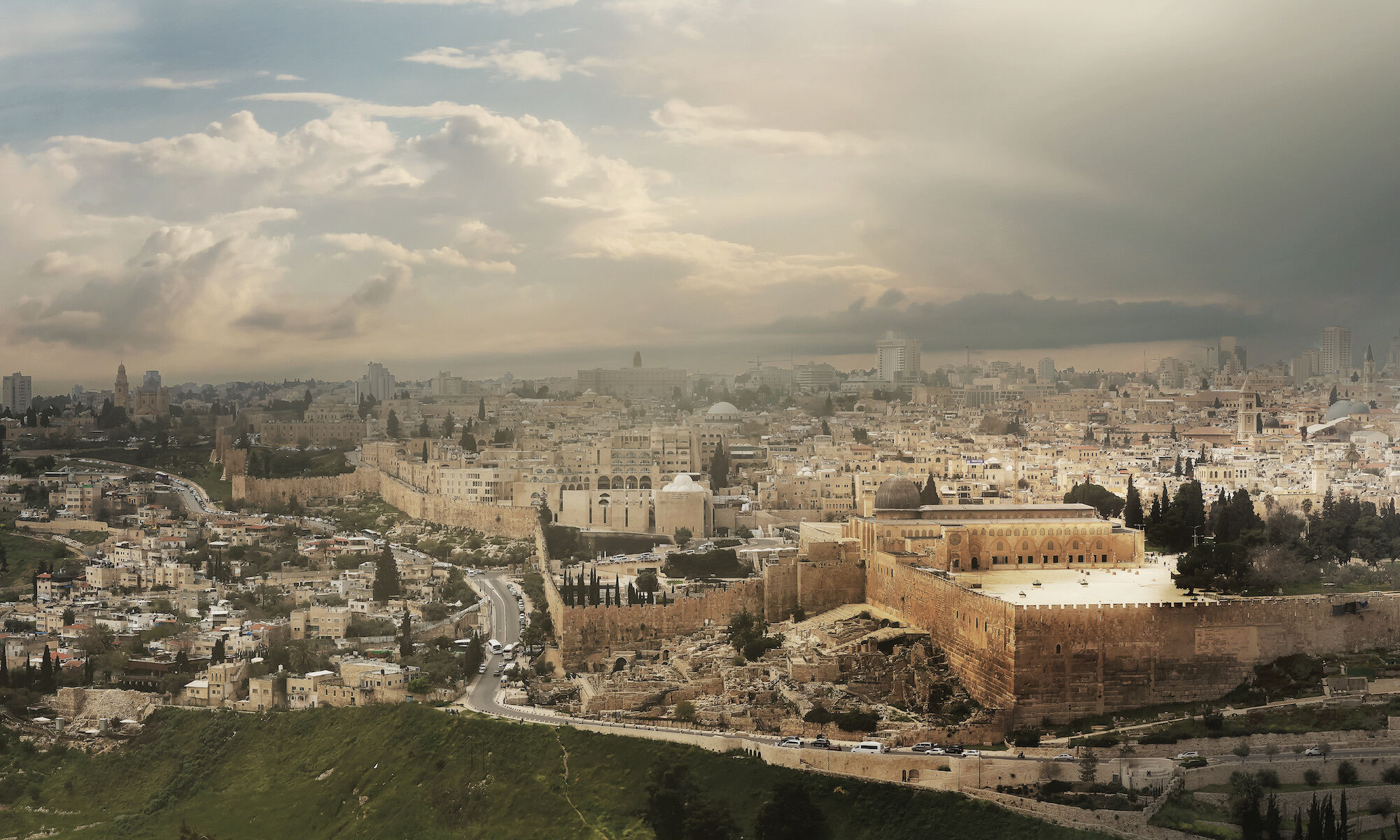When the Six-Day War ended on June 10, 1967, Israel came away with control over some historically and strategically crucial territory. Of all the land it acquired, none was more important than the relatively small plot of earth on the southeast side of the Old City.
For the first time since it became a sovereign nation in 1948, the nation of Israel had control of the oldest, most important land—the very heart of Jewish history: ancient Jerusalem!
Israel’s leaders were keen to explore the newly obtained land, especially the history that lay beneath it. Many of Israel’s archaeologists couldn’t wait to sink their hands into the dirt, to start removing millenniums of rubble and decay, in hopes of revealing the original city of Jerusalem.
In 1968, a little over a year after Israel’s victory, the massive, multiyear Temple Mount excavations began. The effort was led by archaeologist and Hebrew University president Prof. Benjamin Mazar. The new project electrified many people in Israel and even across the world. When Professor Mazar began to assemble his “Temple Mount team,” many universities and organizations from around the world were keen to join. By December 1968, after numerous meetings and visits, Professor Mazar and Hebrew University cemented a partnership with Herbert W. Armstrong and Ambassador College, a small liberal arts college headquartered in Pasadena, California.
Chancellor Armstrong was ecstatic. He knew how unique and special this opportunity was. In a letter to supporters, he wrote, “Ambassador College has just been given the great honor and responsibility of entering joint participation with Hebrew University of Jerusalem in the most important archaeological excavation of our time—uncovering 3,000 years of history!”
Given that excavations had barely begun, the claim that 3,000-year-old remains would be revealed and that this would be the “most important archaeological excavation of our time” was pretty bold. But Mr. Armstrong proved to be right!
I visited Jerusalem in March and was able to visit the Ophel and the City of David. During my visit, I studied and contemplated Mr. Armstrong’s 1968 letter and was moved by this man’s vision and excitement for ancient Jerusalem. I was also struck by the accuracy of his forecast: Over the last 50 years, thanks to the efforts of organizations like Hebrew University, the Israel Antiquities Authority and the City of David Foundation, a wealth of 3,000-year-old remains have been uncovered.
And I agree with Mr. Armstrong: The archaeology happening in the City of David and on the Ophel is the most important! Many other important archaeological excavations are taking place in Israel and even elsewhere around the world. Talented archaeologists are undertaking some crucial digs all over Israel. But there is only one ancient Jerusalem!
Since 2006, Herbert W. Armstrong College has been privileged to pick up the mantle of Mr. Armstrong and has partnered with Hebrew University in continuing the search for the original Jerusalem. Working under the leadership of Professor Mazar’s granddaughter, the late Dr. Eilat Mazar, we have engaged in digs in the northern part of the ancient City of David and the southeastern corner of the Ophel, an area originally excavated by Benjamin Mazar.
We partnered with Dr. Mazar because we believe, as Mr. Armstrong and Professor Mazar did, that the original Jerusalem not only was waiting to be uncovered but would furnish some truly monumental finds.
Many modern scholars claim that King David and King Solomon were insignificant tribal chieftains; a few even claim these men were not real. They dismiss entirely the biblical record, which says David and Solomon were impressive kings who built great structures in Jerusalem, including their palaces and the temple. You can read about their accomplishments in 2 Samuel 5 and 1 Kings 5-8. But many scholars and archaeologists do not believe the Bible; some call those who consider it a reliable historical source “religious fanatics.”
Dr. Eilat Mazar was no religious fanatic. But she did consider the Bible a legitimate historical document, and she used it a lot in her practice of archaeology. What was the result? Eilat made some of the greatest archaeological discoveries ever made! She found palatial remains from both David and Solomon!
“[A] careful examination of the biblical text combined with sometimes unnoticed results of modern archaeological excavations in Jerusalem enable us, I believe, to locate the site of King David’s palace,” wrote Dr. Mazar in the January-February 1997 issue of Biblical Archaeology Review. This was a bold claim, but it was backed by both science and the Bible.
Eilat continued: “Even more exciting, it is in an area that is now available for excavation. If some regard as too speculative the hypothesis I shall put forth in this article, my reply is simply this: Let us put it to the test in the way archaeologists always try to test their theories—by excavation.”
I still marvel at Dr. Mazar’s audacious approach. In the bar article, there was even a big red arrow pointing to the spot Eilat believed the palace could be found. And yet, as exciting as the suggestion was, and as scientifically sound as it was, it took 10 years for Dr. Mazar to find someone to fund her dig. In 2005, thanks to the generosity of Roger Hertog, Eilat was finally able to start excavating.
Almost immediately, she and her team began uncovering a massive structure that dated to the time period that includes King David. (We have written extensively about the Large Stone Structure; you can find these articles at our website, ArmstrongInstitute.org.) When people visit the City of David today, they can see the palace walls we uncovered; they can see and touch ancient Jerusalem!
After her excavations at the City of David, Eilat turned her attention to the Ophel area, which is only a couple of hundred meters north. Here she continued the excavations of her grandfather. She expected to find some monumental structures here too. Why? Because the Bible records that this is where King Solomon built his own palace and the House of the Forest of Lebanon (his armory), as well as other significant structures (1 Kings 6-7). Dr. Mazar would often refer to the Ophel area as the royal Solomonic complex.
We dug on the Ophel with Eilat from 2009 to her final season in 2018. Together, we excavated through centuries of later occupation and revealed a massive 10th-century b.c.e. city wall, as well as an enormous gatehouse. Sections of these structures are over 5 meters high, which is evidence of the monumental nature of the structure.
In support of Dr. Mazar and Hebrew University, we have also uncovered other biblically significant discoveries, including the seal impressions of King Hezekiah and Isaiah. The Isaiah bulla is still being analyzed; while compelling, the evidence that the bulla belonged to Isaiah the prophet is not absolutely conclusive. But the Hezekiah bulla reads: “Belonging to Hezekiah, [son of] Ahaz, King of Judah.”

To date, these tiny clay artifacts are the only seal impressions belonging to an Israelite or Judean king as well as a prophet ever to have been found in controlled scientific excavations. Again, you can learn more about these finds at ArmstrongInstitute.org.
King David’s palace, the royal Jerusalem of King Solomon, and the personal seal impression of King Hezekiah and Isaiah—these are just a handful of the sensational discoveries from the original Jerusalem that go back 3,000 years—tangible fruits of biblical history that visitors to Jerusalem can now experience.
Dr. Mazar spoke with us fairly often about how it was the public, the everyday, regular people of Israel—not the scholars—who most deeply valued ancient Jerusalem and its biblical history. The vision of sharing Israel’s biblical history with regular people also motivated Professor Mazar, Herbert Armstrong and early leaders like former President Zalman Shazar and Jerusalem Mayor Teddy Kollek.
It is hard to believe 50 years have passed since Mr. Armstrong and Professor Mazar first began excavating ancient Jerusalem. Together, these men accomplished some great archaeology around the Temple Mount. More importantly, these men generated the vision and laid the foundation for the wonderful, crucial work still happening in the City of David and on the Ophel.
In a way, it all began in 1968 with Professor Mazar and Herbert Armstrong.
Mr. Armstrong, Professor Mazar and Dr. Mazar are no longer with us. But their vision and legacy remain strong. Actually, I believe their vision will only grow stronger as we continue to excavate the City of David and the Ophel. Many great and wonderful developments have occurred in ancient Jerusalem over the past 50 years, and I believe there are still some great and wonderful discoveries and accomplishments to be made!

